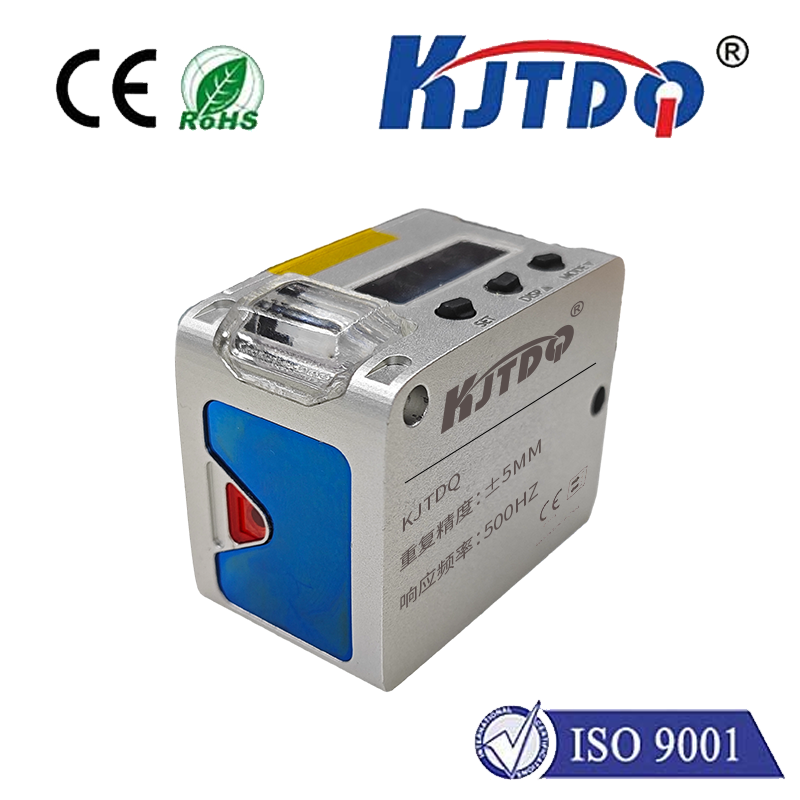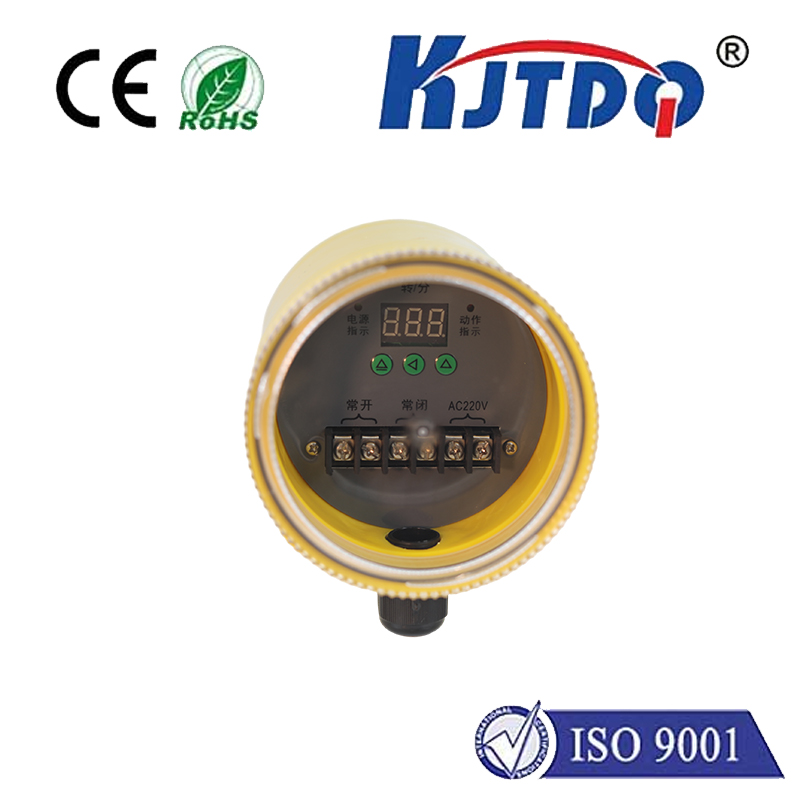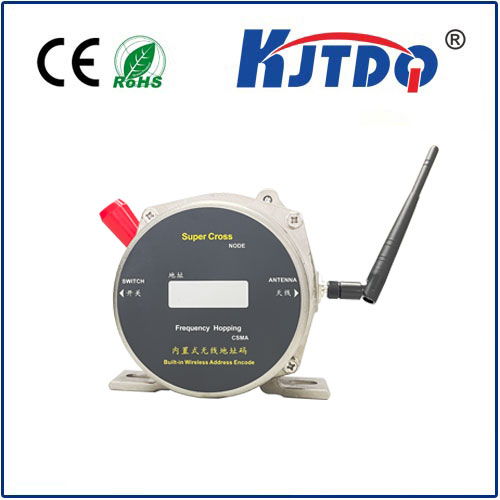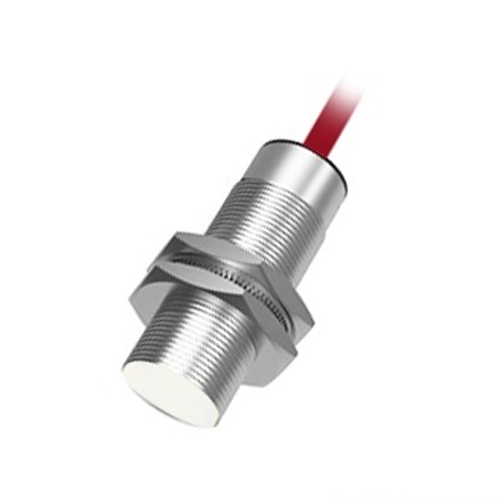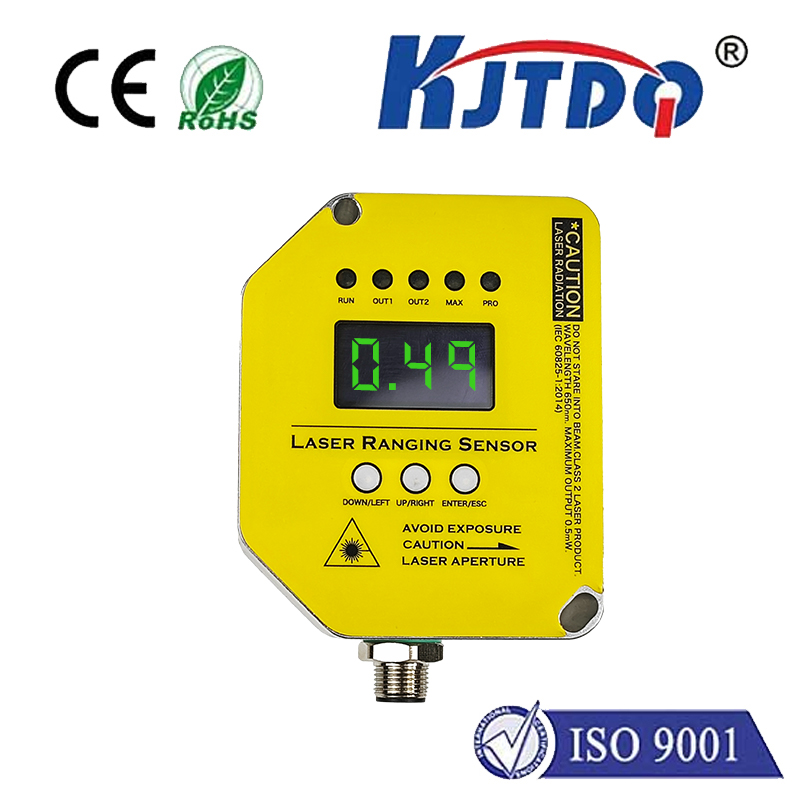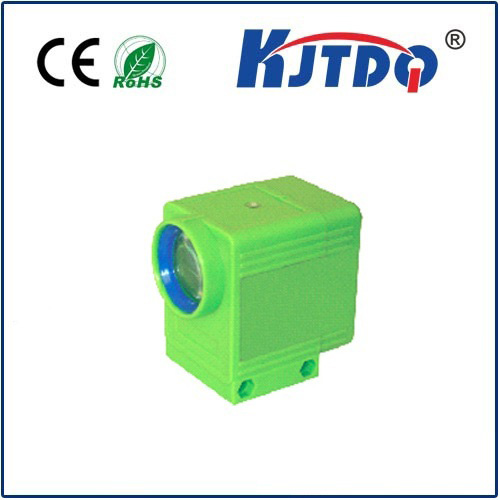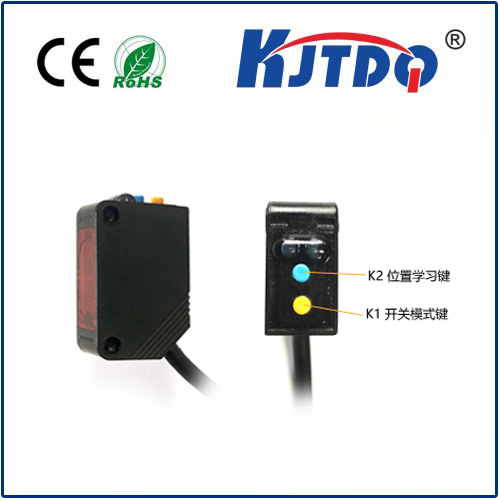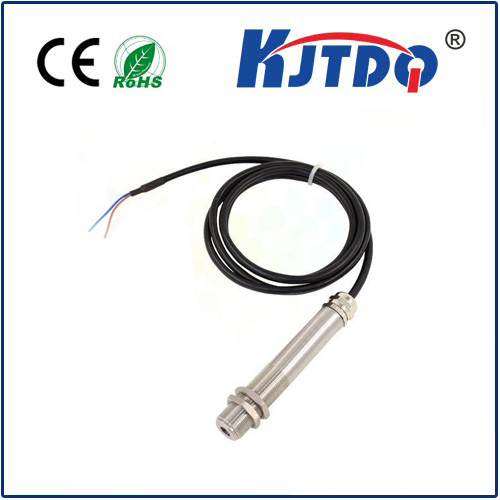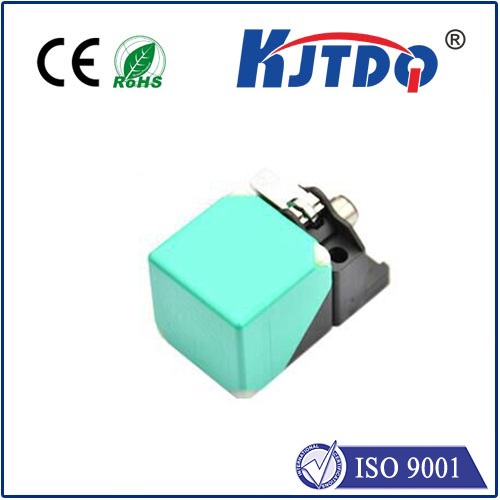44e hall sensor
- time:2025-08-24 00:16:23
- Click:0
Demystifying the 44E: Understanding and Applying the Hall Effect Sensor
Ever wondered how your electric drill knows exactly when to stop spinning for safety, or how an industrial conveyor belt tracks the precise position of packages zipping by? Often, the unsung hero enabling this silent, reliable precision is a tiny but mighty component: the Hall effect sensor. And within this diverse family, the designation 44E frequently points to a versatile and robust workhorse. Let’s delve into the world of the 44E Hall sensor, unpacking its technology, strengths, and where it makes a real difference.
The Core Principle: Hall Effect Sensing
At the heart of every Hall sensor lies the Hall Effect, a fascinating phenomenon discovered by Edwin Hall in 1879. Simply put, when a thin conductor or semiconductor carrying an electrical current is placed perpendicular to a magnetic field, a voltage difference (the Hall voltage) develops across it. This voltage is proportional to both the strength of the magnetic field and the applied current. Hall sensors cleverly exploit this principle. By applying a fixed bias current, they generate an output voltage that directly reflects the intensity and polarity of an external magnetic field interacting with them.
What Makes the “44E” Significant?

The “44E” designation typically refers to a specific industry-standard package type and often implies a particular family of Hall effect sensors with defined characteristics. While exact specifications can vary slightly between manufacturers, a 44E Hall sensor generally signifies:
- Robust TO-92 Package: This is a small, three-lead plastic package resembling a miniature transistor. It’s incredibly common, cost-effective, easily mountable (through-hole or socket), and offers good mechanical protection.
- Switch or Linear Output: The 44E designation is frequently used for both digital (switch) and analog (linear) Hall sensors:
- Digital/Switch Type (e.g., SS44E, A3144E): These sensors act like magnetic switches. They have a built-in threshold. When the applied magnetic field exceeds a specific south pole strength (BOP), the output switches low (or high, depending on configuration). When the field strength drops below a release point (BRP), it switches back. This is ideal for position sensing (e.g., detecting if a door is open/closed via a magnet), speed sensing (counting rotations using a magnet on a wheel), and proximity detection.
- Analog/Linear Type: These provide a continuous output voltage proportional to the strength and polarity (North/South) of the magnetic field passing through them. They are crucial for applications requiring precise measurement, such as current sensing (measuring the field generated by current flow), position sensing with fine resolution, or strength measurement of magnetic fields.
- Reliability and Ruggedness: Sensors in the 44E package are generally designed for industrial and automotive environments. They typically feature:
- Reverse Polarity Protection: Safeguards the sensor if the power supply is accidentally connected backwards.
- Output Short-Circuit Protection: Helps prevent damage if the output pin shorts to ground or supply.
- Wide Operating Voltage Range: Often specified from 3.8V or 4.5V up to 24V or 30V, making them compatible with various power systems.
- Extended Temperature Range: Common specifications include operation from -40°C to +125°C or even higher, suitable for demanding environments.
Key Advantages of the 44E Hall Sensor
Why choose a Hall sensor, particularly one like the 44E?
- Contactless Operation: Since sensing relies on magnetic fields, there’s no physical contact with the target. This eliminates mechanical wear and tear, leading to vastly superior reliability and longevity compared to mechanical switches. Dust, dirt, grease, and vibration have minimal impact.
- High Speed: Hall sensors can respond to very rapid changes in magnetic fields, making them perfect for high-speed counting and rotational speed sensing applications far beyond the capabilities of mechanical components.
- Solid-State Durability: With no moving parts, they are inherently robust and resistant to shock and vibration.
- Positional Flexibility: The sensor can be physically separated from the moving part carrying the magnet, allowing for flexible and safer mounting options.
- Insensitivity to Environmental Contaminants: Unlike optical sensors, they are largely unaffected by dirt, dust, fog, or non-ferromagnetic liquids (like oil or water) between the sensor and magnet.
- Cost-Effectiveness: Especially in the ubiquitous TO-92 package, 44E Hall sensors offer exceptional performance and reliability at a very competitive price point.
Where You’ll Find the 44E in Action
The versatility of the Hall effect sensor, particularly the 44E variant, means it’s embedded in countless devices and systems:
- Automotive Systems: Wheel speed sensors (ABS, TCS, speedometers), gearbox position sensing, throttle position sensing, seat belt buckle detection, brushless DC (BLDC) motor commutation.
- Industrial Automation: Position sensing on cylinders and actuators, rotary encoder indexing, conveyor belt speed and position monitoring, valve position feedback, motor control feedback.
- Consumer Electronics: Laptop lid open/close detection, smartphone flip cover detection, electric toothbrush motor control, power tool speed control and safety interlocks.
- Current Sensing: Linear 44E types are often used in conjunction with a current-carrying conductor to measure current flow. The magnetic field generated by the current is detected by the sensor.
- White Goods: Dishwasher/washing machine drum position sensing, door interlock switches, flow meter sensing.
- Building Automation: Door and window security sensors.
Harnessing the Power of Magnetic Sensing
The 44E Hall sensor exemplifies how a fundamental physical principle, packaged in a robust and standardized form, can solve myriad real-world engineering challenges. Its contactless nature, inherent durability, speed, and versatility make it an indispensable component in modern electronics, quietly enabling precision, safety, and efficiency from automotive assembly lines to the gadgets in our pockets. Understanding its operation and capabilities is key for engineers designing reliable and innovative sensing solutions. Whether you need a simple on-off switch triggered by a magnet or a precise analog measurement of field strength, the familiar 44E package often holds the answer.












